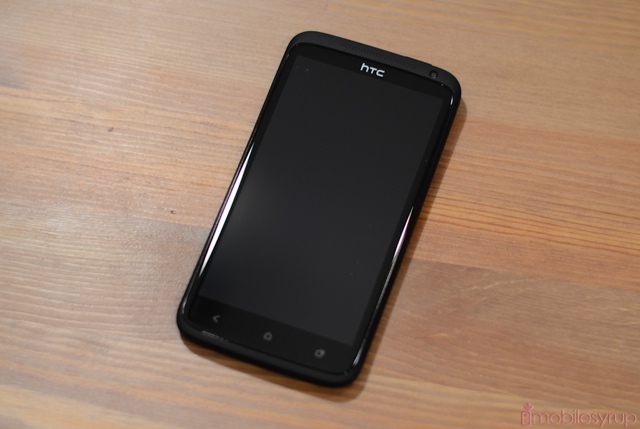
It’s hard to believe that only eight months ago the HTC One X was one of the largest, most powerful phones on the market. In the period since, we’ve seen quad-core chips become common and 720p displays the status quo.
And yet, the One X has held up remarkably well since its release. Its design is still largely unmatched in the Android ecosystem; its unibody polycarbonate body is tremendously hardy and its Super LCD 2 display phenomenally sharp.
So it’s bittersweet that, eight months or so later, HTC’s follow-up to the phone that started its design revolution is one that looks identical. That it arrives in Canada days after the release of the company’s next-generation Droid DNA doesn’t help matters. Where does the One X+ fit in TELUS’ lineup, and despite the speedy 1.7Ghz quad-core Tegra 3 chip and 64GB of internal storage, how quickly will be it replaced?
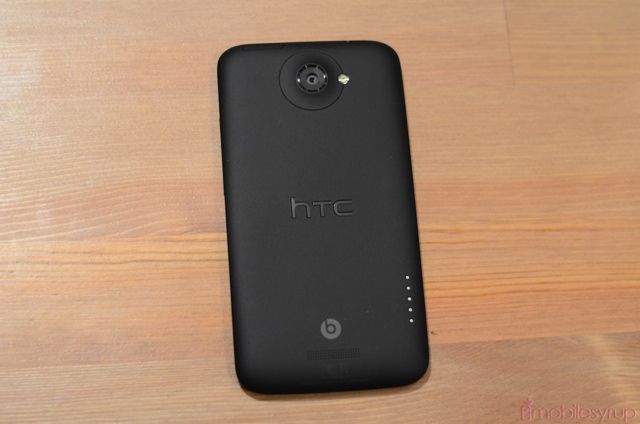
Specs:
– Android 4.1.1 with Sense 4+
– 4.7-inch 1280×720 Super LCD 2 display
– 1.7Ghz quad-core Tegra 3 SoC
– 1GB RAM / 64GB internal storage
– 8MP back camera / 1.6MP wide-angle front camera (with ImageSense)
– 2100mAh internal battery
– 850/900/1900//2100 MHz HSPA+ / 700/850/AWS/1900 MHz LTE
– 134.36 x 69.9 x 8.9mm
– 135g
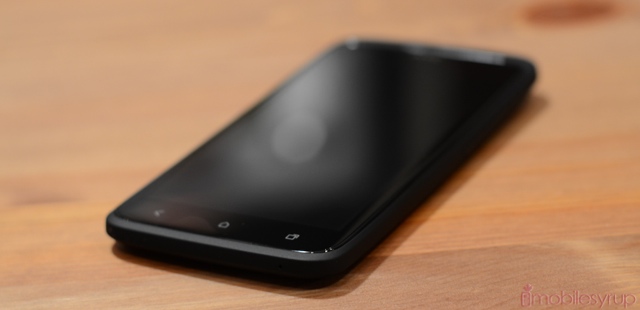
What’s Good
The One X+ takes everything that made the One X a great phone and improves upon it. That includes a LTE-capable Tegra 3 chip at speeds faster than the original international version; triple the internal storage of the former Rogers- and TELUS-sold One X; and a larger 2100mAh battery inside the same frame.
While this doesn’t change the experience dramatically — the One X, even running Ice Cream Sandwich, doesn’t feel slow to this day — it certainly adds some zip to app loading times, and improves upon the already-great benchmark results of its predecessor.
The screen and build quality are superlative. The black finish on the phone looks a lot nicer than that of the original white, though I am still a fan of the grey model that came to TELUS this summer. The two phones share the same 720p Super LCD2 screen, and even after eight months it’s still the best on the market. Nothing has beaten it for clarity, viewing angles and sheer beauty — not even the Nexus 4.
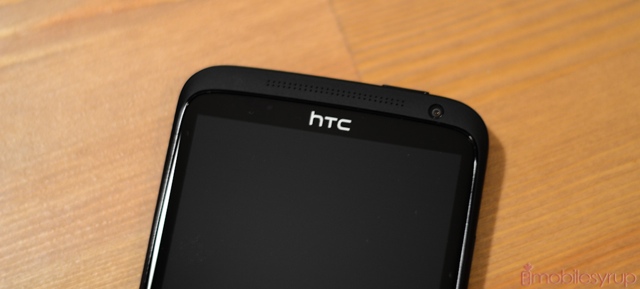
While the One X+ uses the same 8MP back camera with ImageSense, the front camera has been upgraded to a wide-angle 1.6MP shooter which also plugs into the ImageSense chip. The updated camera software offers a timer for front-facing shots, and the back camera appears to take photos slightly faster than its predecessor.
Battery life on the One X+ is also improved over the original, though that feat shouldn’t have been difficult to achieve; the One X always had disappointing uptime. Nevertheless, we were able to attain over a day on a single charge, and that was even without the persistent nagging Power Saving feature turned on.
Android 4.1.1 Jelly Bean on Sense 4+ doesn’t look too different from its Sense 4 predecessor, but expanded notifications and Google Now are appreciated additions. The UI doesn’t feel any faster or more fluid than the already-polished experience under Ice Cream Sandwich, but the extra 48GB of internal storage is certainly appreciated. Because the One X+ uses a Tegra 3 chip, you have access to the “Tegra Zone” gaming portal, where developers have created apps specifically for the hardware. These games usually have smoother frame rates, more detailed textures, or added lighting/water effects over their non-Tegra counterparts.
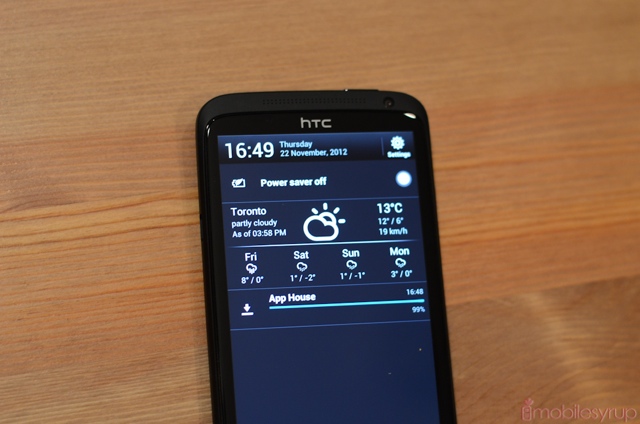
What’s Not So Good
Whomever decided that it would be a good idea to have a persistent “Power Saver Off/On” switch in the notification bar needs to lose his or her job. Not only can it not be removed, but even if you fully disable the Power Saver mode it sits there unused and unbidden. It’s a waste of space and an abhorrent abuse of Android’s customizability by HTC.
And while TELUS does not include any bloatware (other than one app portal, which upon launching directs you to download it from the Play Store), there are still a ton of preloaded apps here, many of which will never be used by the average consumer.
We’re also concerned that the Tegra 3 SoC, despite its extra 200Mhz per core, is showing its age. It is built on a 40nm process and is inherently less energy efficient than Qualcomm’s Snapdragon S4 chipset. The One X+ would have been better suited for the quad-core S4 Pro SoC with the Adreno 320 GPU, a graphic chip far more powerful than the anemic ultra low power GPU in the Tegra 3.

Conclusions
The One X+ is a great phone, and HTC has every right to improve upon a timeless design and an excellent feature set. But when it comes mere months before the inevitable launch of the Deluxe, and the constant forward momentum of next-generation chips and high(er)-definition screens, we wonder if the One X+ is merely a stopgap phone on the way to something better.
Most consumers who would have appreciated the One X+ have likely already invested in a One X, and few will see it is an essential upgrade. Indeed, while the synthetic benchmark scores are 20-30% higher than the dual-core version, real-world performance improvements are barely noticeable, and once the original gets upgraded to Jelly Bean, many of the advantages of the One X+ will be rendered moot.
If you’ve been holding off buying a One X in hopes of something better, here’s your chance to unload $129.99 on contract or $649.99 outright. You’d be buying one of the top Android phones on the market today — you just never know how long that qualification will last.
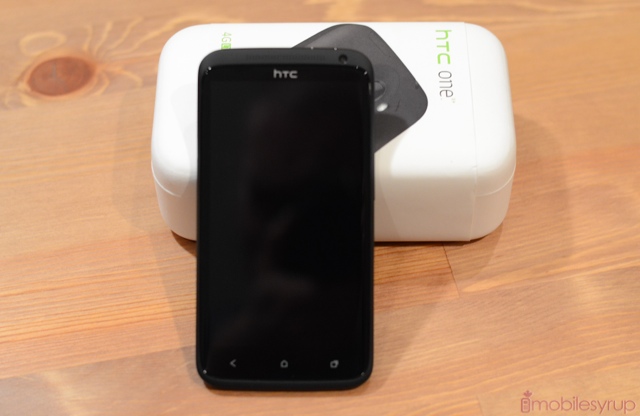
MobileSyrup may earn a commission from purchases made via our links, which helps fund the journalism we provide free on our website. These links do not influence our editorial content. Support us here.


